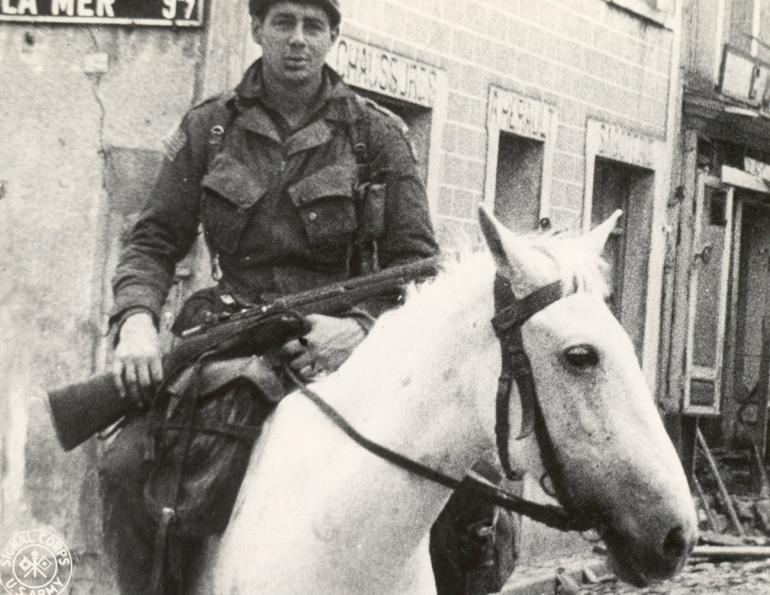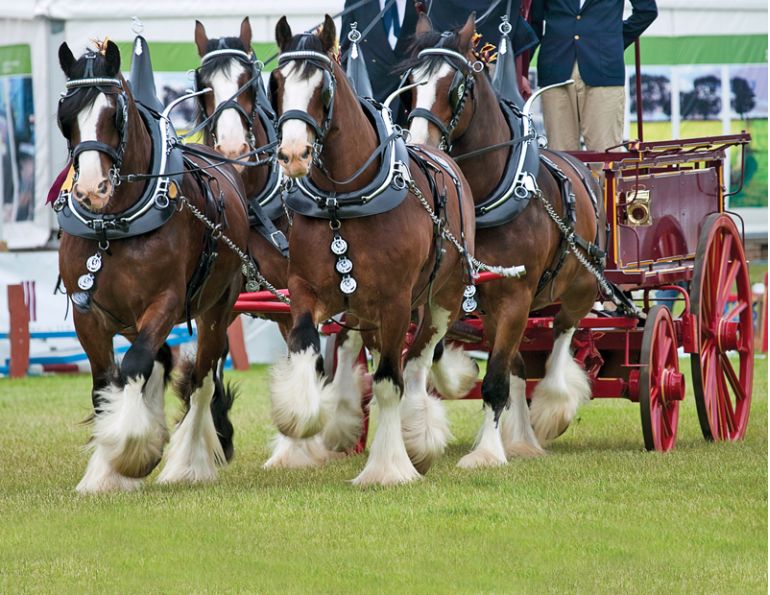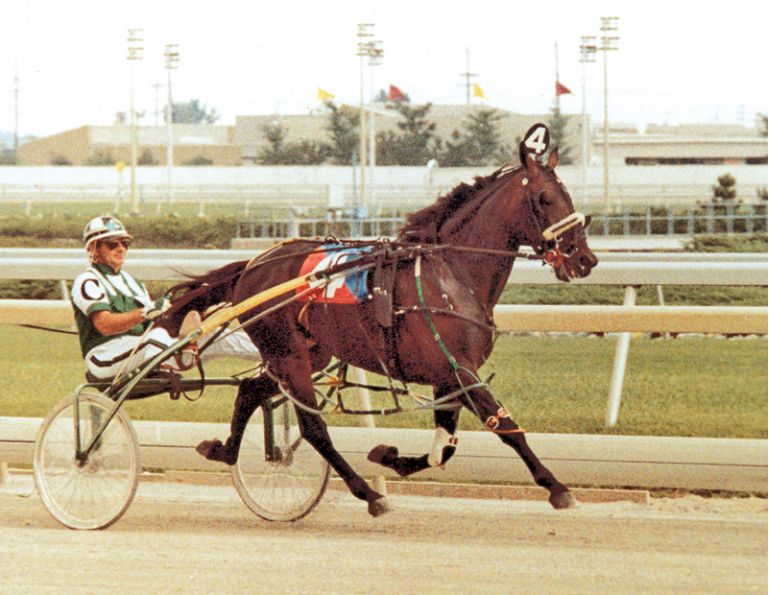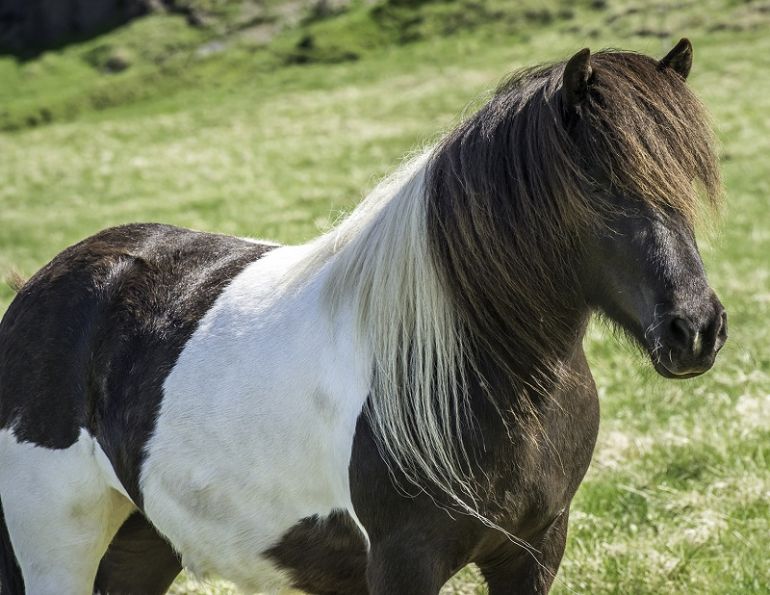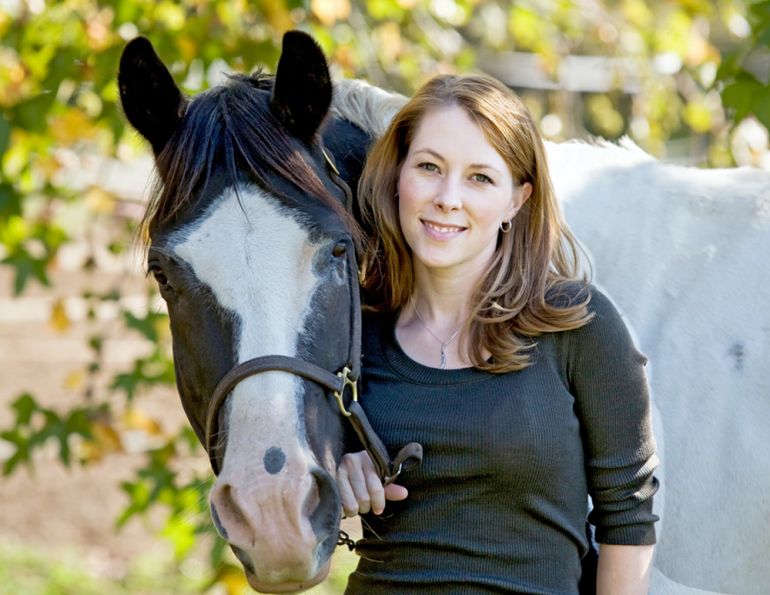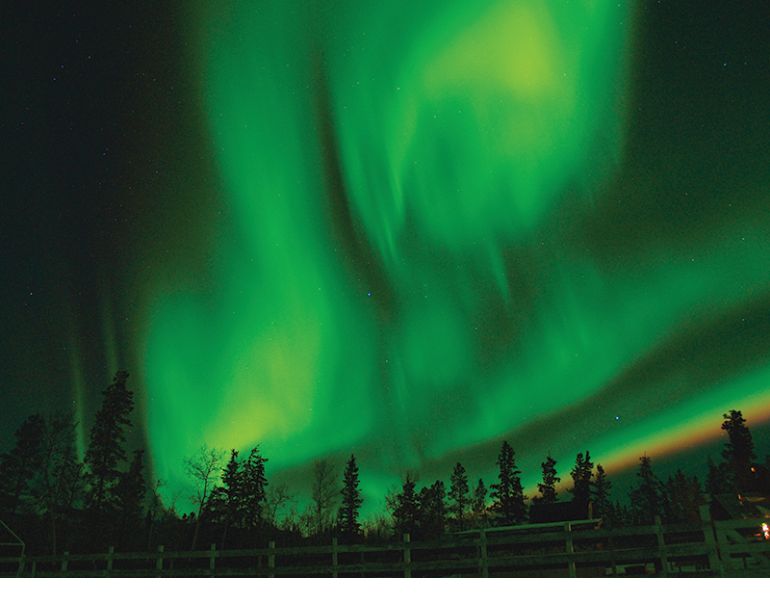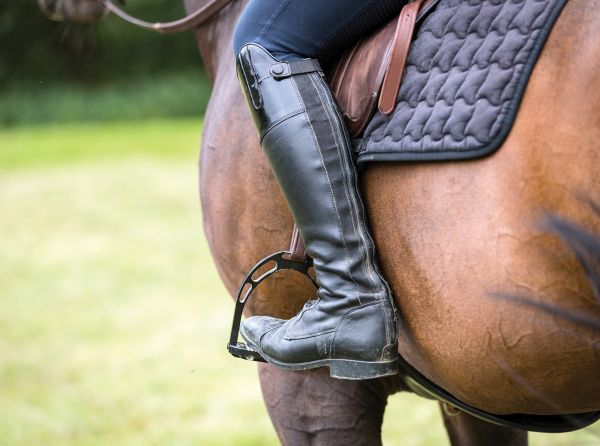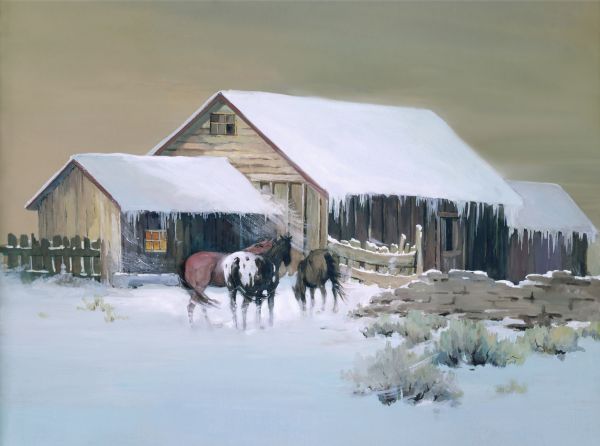By Margaret Evans
“So, regrettable as it is, the war horse must still know the nameless terror of the battlefield and suffer and be maimed and killed for the benefit of man,” wrote Colonel the Right Hon. Mark Lockwood, V.C.O., M.P. in “How the horse was cared for at the Front” in The War Illustrated. “What, one wonders, does the horse think of it all? Imagine the terror of the horse that once calmly delivered goods in quiet suburban streets as, standing hitched to a gun-carriage amid the wreck and ruin at the back of the firing line, he hears above and all around him the crash of bursting shells. He starts, sets his ears back, and trembles; in his wondering eyes is the light of fear. He knows nothing of duty, patriotism, glory, heroism, honour — but he does know that he is in danger.”
In those poignant words, Lockwood digs into the equine psyche and, by so doing, all the collective mental anguish of animals that served in war. We honour them as brave, heroic, courageous, and loyal. But be they dogs, pigeons, cats, pack mules, or chargers, each served at its own peril, without choice.
“At the crack of the whip he gallops into the open, amid the smoke and fumes, nearer the din of battle. Possibly he neighs wildly; he may even go temporarily mad, for chargers have been known to fight fiercely with their teeth and hooves. Then, a sudden sharp pain and he falls wounded. Or a rending pang and he is dead.”
Remember.
In the worst of times, though, there were heart-warming stories of devotion. Like Polly and her driver. Polly was a pretty, cream-coloured Uist pony (today known as Eriskay ponies native to the Western Isles of Scotland). Polly belonged to the transport section of a Mountain Battery and had seen service in several campaigns. She was clearly bonded with her driver and her hearing was so acute that she could detect the whine of a shell long before anyone else.
Related: Rare Jewel: A Hockey and Horses Story
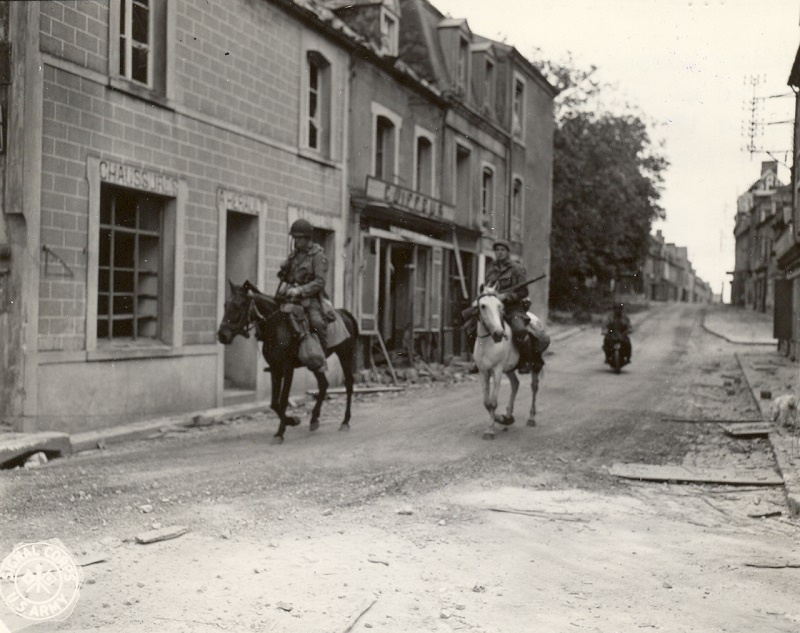
U.S. Airborne troops at St. Mère Église, Normandy, France, in June 1944. Horses were used by multiple countries throughout both World Wars. Photo Courtesy of The National World War II Museum, New Orleans, USA
According to author H. Thoburn-Clarke in “Stories from the Trench Menagerie” from The War Budget, during the 1915 to 1916 campaign at Gallipoli (a peninsula in Turkey) Polly would throw herself on the ground the instant she heard the fatal whine.
Other horses and mules would bolt in terror but Polly would lie down, stretch out her forelegs and shut her eyes. If her driver didn’t lie down next to her she would lift her head, stare at him, and whinny. As soon as the shell had exploded, Polly was up and ready for work, none the worse for the incident. When the battery left Gallipoli, Polly was still healthy, eager to work, and strong enough to give birth to a little filly while travelling through Egypt.
Remember.
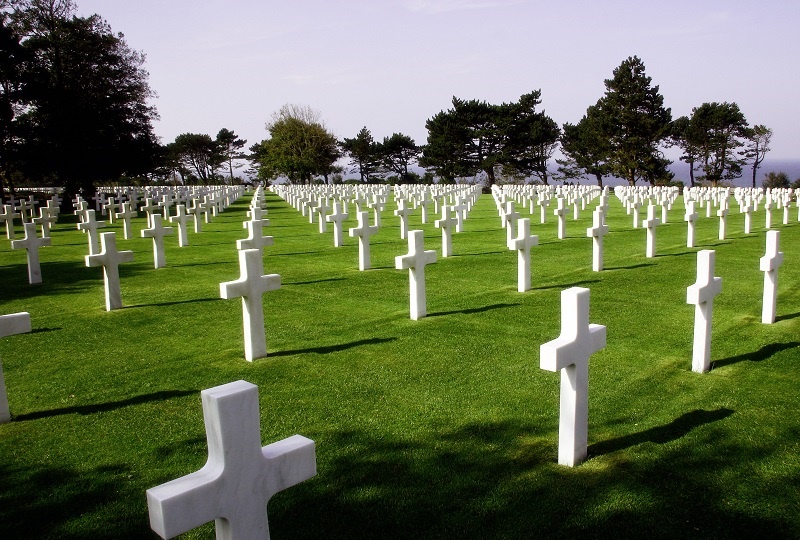
Horses were incredible pack animals during the years of World War I (WWI). They transported ammunition and supplies between railroads and the rear trenches, and they moved guns and pulled ambulances. At one point, to lose a horse was worse than losing a man because, it was said, men were replaceable but horses were not. The role of the horse was so huge that it was said that horse fodder was the single largest commodity shipped to the front by some countries.
By 1917, Britain had over one million horses and mules in service but the horrors of the war and the terrible winters resulted in heavy losses, especially Clydesdales which were used to pull the guns. Over the duration of WWI, Britain lost over 484,000 horses (one horse for every two men).
Yet every horse lost was a precious friend to a soldier somewhere who himself lived on the razor’s edge of death. To help his horse he shared his rations, despite his own starving belly. To save his horse he put himself in danger. But when the time came, on a battlefield where men cried, blood flowed, and a horse bellowed in fear, a soldier would weep openly for the agony of his horse and for the despair that was his own.
There is a painting by Fortunio Matania, painfully honest, of a fallen draft horse and a soldier kneeling by the side of the road in southern Flanders. The road, like many, is muddied, battle-whipped, stripped bare. Dead. The soldier, exhausted and dishevelled, holds up his horse’s head, cradling it in anguish as he presses his cheek to that of the dying bay. “Goodbye, old man” — an aching inscription that speaks volumes.
So many goodbyes. Such immense sorrow.
Remember.
Related: The Bishop Family Business: 100 Years of Wild West Shows
Related: Forged in Fire - When Horses Answered the Alarm
Main photo: Courtesy of The National World War II Museum, New Orleans, USA - Millions of horses, dogs, pigeons, and other animals fought and died alongside human troops during WWI and WWII. Photo Credit: The National World War II Museum, New Orleans, USA



